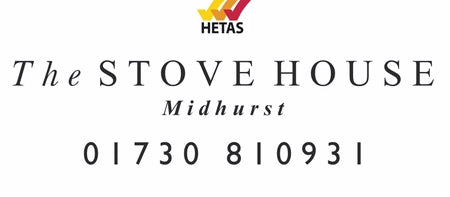
What does 'Multi - Fuel' mean when describing a stove?
Share

‘Multi-Fuel’ does not mean you can burn ‘solid mineral’ fuel and wood together. In fact, this can damage your stove and will not allow the fire to perform correctly. It means the stove is designed to burn both fuels but separately not mixed.
Wood burns best on a bed of ash and it is therefore only necessary to remove surplus ash from on top of the grate occasionally. Burn only dry, well-seasoned wood, which should have been cut, split and stacked for at least 12 months, with free air movement around the sides of the stack to enable it to dry out. Burning wet or unseasoned wood will create tar deposits in the stove and the chimney and will not produce a satisfactory heat output.
Solid mineral fuel burns with-out an ash bed therefore always de-ash before refuelling and do not let the ash level reach the underside of the grate bars. Solid mineral fuel produces ash, which if allowed to build-up will eventually cause the fire to die. With some solid mineral fuels, a residue of burnt fuel or clinker will accumulate on the grate, allow the fire to go out periodically to remove this.
Never burn solid mineral fuels on a woodburning only stove.
Depending on your stove make and model you usually find that there are different settings for each fuel and this will affect the performance of the stove, the glass staying clean and the tertiary burn working effectively.
